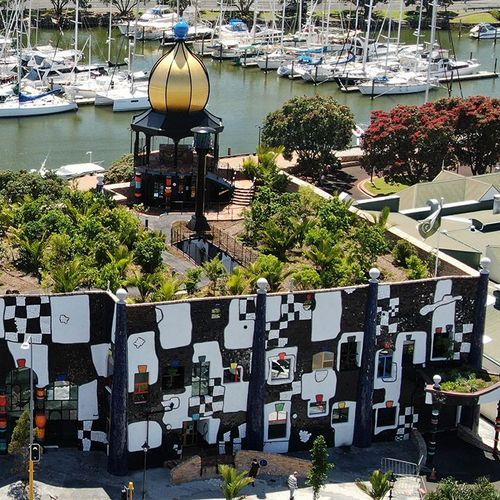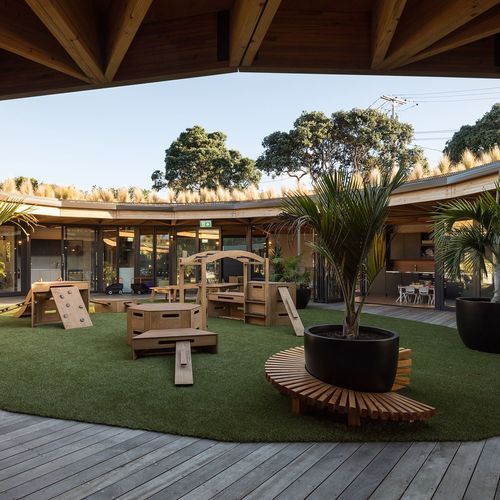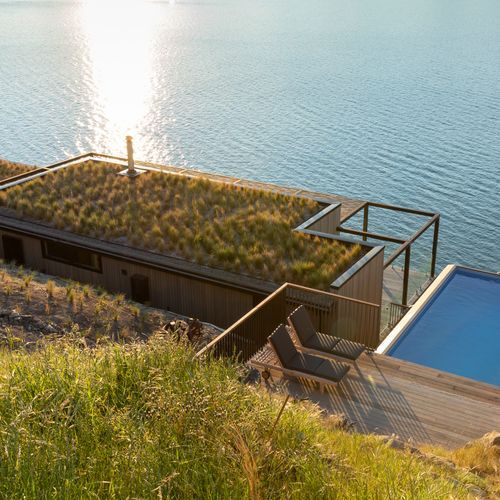Green Roofs
- Green roofs are essentially the tops of buildings doubling as a garden or vegetation. Based on the type of garden roof you create, the plants might include drainage or modular layers. However, all green roofs also function as insulations, waterproofing the house and preserving the indoor temperature alongside keeping the structure undamaged and safe. For excellent warm roofs, head over to ArchiPro.Why ArchiPro?
No more endless searching -
Everything you need, all in one place.Real projects, real experts -
Work with vetted architects, designers, and suppliers.Designed for New Zealand -
Projects, products, and professionals that meet local standards.From inspiration to reality -
Find your style and connect with the experts behind it.Start your Project
Start you project with a free account to unlock features designed to help you simplify your building project.
Learn MoreBecome a Pro
Showcase your business on ArchiPro and join industry leading brands showcasing their products and expertise.
Learn More


